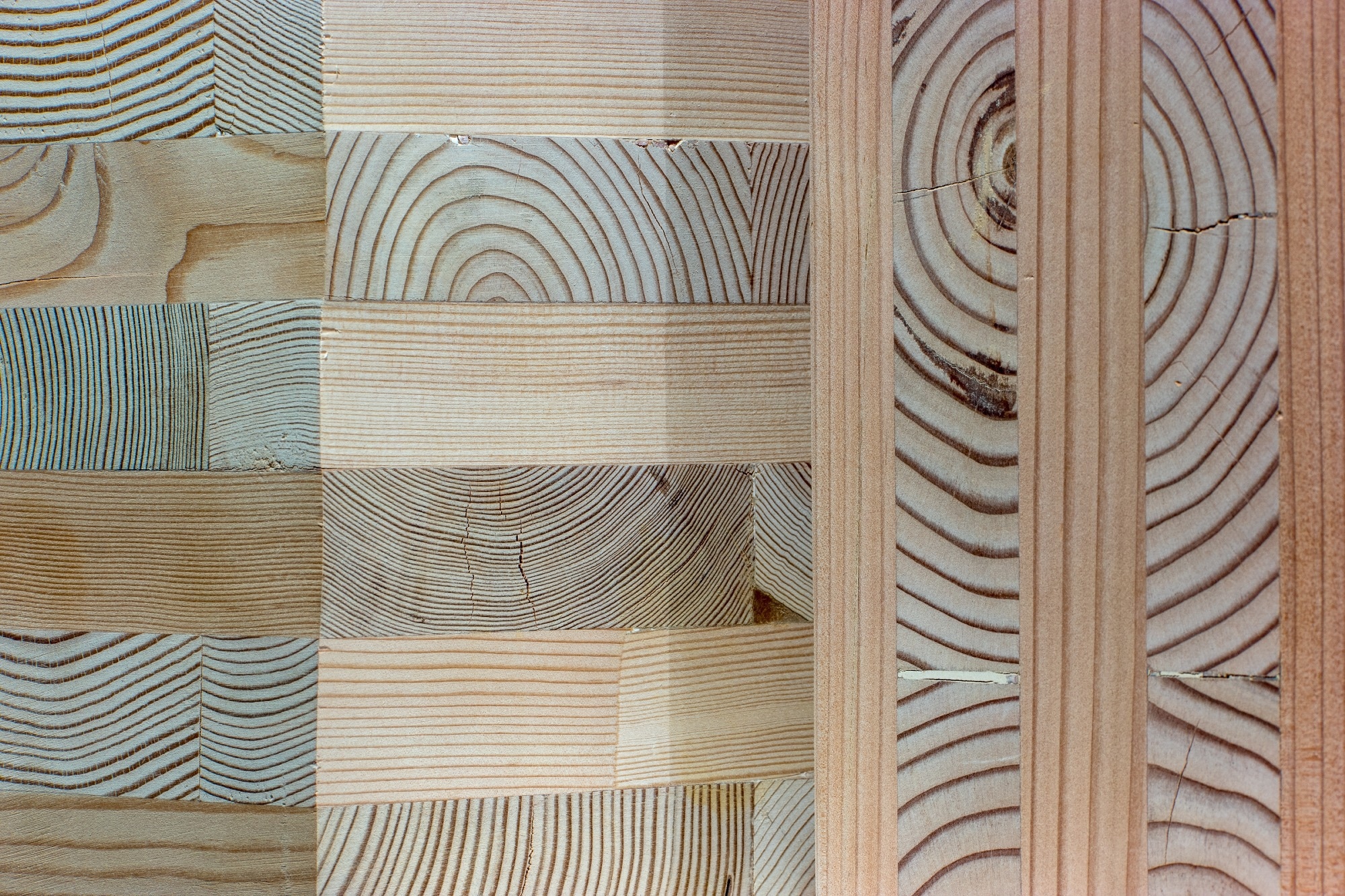A new study reveals how moisture exposure influences microbial communities and VOC emissions from mass timber, offering important insights for its use in sensitive indoor environments like healthcare facilities.
 Study: Effects of wetting events on mass timber surface microbial communities and VOC emissions: implications for building operation and occupant well-being. Image Credit: Wasim Muklashy/Shutterstock.com
Study: Effects of wetting events on mass timber surface microbial communities and VOC emissions: implications for building operation and occupant well-being. Image Credit: Wasim Muklashy/Shutterstock.com
Published in Frontiers in Microbiomes, the research examined how surface microbes and volatile organic compounds (VOCs) respond to moisture under controlled indoor conditions. Researchers used cross-laminated timber (CLT) blocks sealed in disinfected plastic microcosms to simulate real-world environmental settings, tracking microbial and chemical changes over time.
Background
Mass timber products such as CLT are increasingly used in sustainable construction due to their low carbon footprint and renewability. Yet industries with strict hygiene requirements - like healthcare, veterinary care, and food production - remain cautious about using wood indoors. Their concerns largely center around how timber responds to moisture, particularly whether it fosters microbial growth or emits harmful compounds.
To mitigate these risks, wood surfaces are often coated with protective finishes. These treatments help repel water but can also introduce VOCs, some of which may affect air quality. Even untreated wood naturally emits VOCs, including some with antimicrobial effects. However, when wood gets wet, it may release more VOCs and support microbial activity, especially under enclosed indoor conditions.
Despite these known concerns, few studies have tracked how surface microbial communities on mass timber evolve in realistic indoor settings after wetting, especially across bacterial, archaeal, and viral groups, which are often overlooked in favor of fungi.
The Research
To explore this, a team from the University of Oregon’s Institute for Health in the Built Environment ran a study from October 2020 to April 2021. They tested both coated and uncoated CLT blocks inside ethanol-disinfected plastic microcosms, mimicking indoor conditions with tightly controlled temperature, humidity, and ventilation.
The study unfolded in four phases: coating and off-gassing, dry microbial colonization, wetting (across three durations), and post-wetting recovery. Researchers inoculated the timber surfaces with a synthetic microbial mix and then tracked microbial activity and VOC emissions throughout each phase.
VOC levels were measured using gas chromatography–mass spectrometry (GC-MS), while microbial composition was analyzed with quantitative PCR and shotgun metagenomics. Data was processed using the R statistical environment.
What They Found
VOC emissions spiked immediately after microbial inoculation, then declined over time - except during the wetting phase, where levels temporarily plateaued. Uncoated timber primarily released terpenes, while coated samples also emitted synthetic compounds typically found in plastics and solvents. One VOC, acetoin, appeared in high amounts across all inoculated samples.
Bacterial DNA made up more than 99 % of the identified sequences. Surprisingly, even the plastic-only control chambers contained more viable bacteria than the timber samples. Before wetting, the type of surface had little impact on microbial makeup; after wetting, surface material played a larger role.
Wetting slightly increased VOC emissions in uncoated timber and shifted microbial composition. Yet interestingly, overall bacterial viability actually dropped after moisture exposure. These microbial changes didn’t clearly track with VOC output, suggesting other factors - possibly coating chemistry or microbial activity level - were also at play.
Over the full 112-day study, VOC emissions dropped substantially - by over 99 % for coated timber and about 90 % for uncoated - indicating emissions from mass timber may stabilize over time, even after moisture events.
What Comes Next
This study sheds light on how moisture and surface treatment affect the performance of mass timber in indoor environments. Still, limitations remain: low microbial biomass required pooling some samples, and water used for wetting introduced some variability.
Looking ahead, the researchers recommend studying a wider variety of coatings, mapping microbial metabolic pathways related to VOC production, and improving sampling techniques for porous wood surfaces.
Journal Reference
Mhuireach, G. Á. et al. (2025). Effects of wetting events on mass timber surface microbial communities and VOC emissions: implications for building operation and occupant well-being. Frontiers in Microbiomes, 4. DOI: 10.3389/frmbi.2025.1395519, https://www.frontiersin.org/journals/microbiomes/articles/10.3389/frmbi.2025.1395519/ful
Disclaimer: The views expressed here are those of the author expressed in their private capacity and do not necessarily represent the views of AZoM.com Limited T/A AZoNetwork the owner and operator of this website. This disclaimer forms part of the Terms and conditions of use of this website.